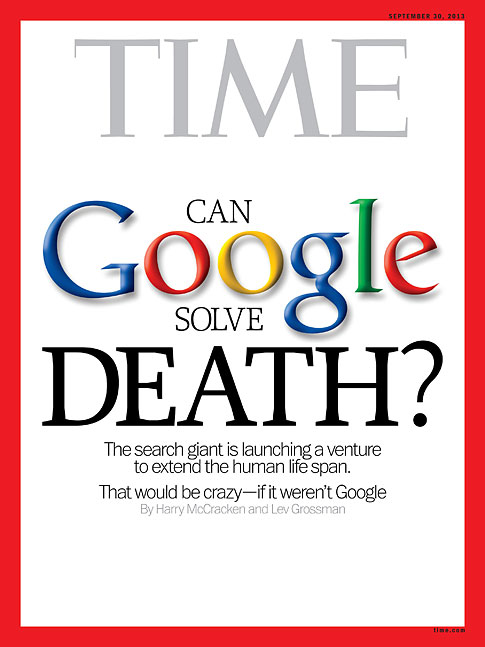
(6 of 7)
Google Glass, although more fully baked, is also still in a distinctly experimental phase. Brin wears them frequently, and a few thousand people outside of Google own a $1,500 beta version. A few companies, such as Evernote and Twitter, have written apps for the device. Glass won't go on sale in a less expensive commercial version until next year, but already the way it enables users to see information and capture images is raising concerns about privacy. (Some users report that a common question from strangers is, "Are you recording me?") Teller says the limited release of Glass is an attempt to jump-start a conversation about the technology before it's part of everyday life. "I think if we're aspiring to take moon shots, designing things for today's cultural norms, on any front, doesn't make any sense," he says. "You're not going to be able to help society in a really big way if you're fully constrained by those things. But it is also not our mind-set that we're going to decide what the new cultural norm is."
Unlike present-day NASA missions, Google's moon shots are unlikely to suffer from underfunding: the company has a $54 billion cash stockpile, not to mention dominant market share in its most important lines of business. But will any of its long-shot projects be the Google cash cows of tomorrow? Maybe. Google X, says Teller, "is not a philanthropic organization." But neither is it picking projects based on obvious profit potential. "If you make something a little bit better, people might pay you for it; they may not. But if you make the world a radically better place, the money is going to come find you, in a fair and elegant way."
The Core
It's not as though Google's mainstream services--Search, YouTube, Gmail, Google Maps and Android--are languishing for lack of attention. "It's funny, you'd think you'd run out of things to do in those core areas," says Page. "But our core areas are so important to people: access to information, understanding the world, communications, interactions with other people, helping you with your work ... It's incredibly exciting to come in to work every day and work on those things." Last year Google introduced Knowledge Graph, which lets its search engine understand and answer questions like "How tall is Justin Bieber?" Technologically, it represents an advance as significant as Page and Brin's original algorithm. Last November, YouTube opened YouTube Space Los Angeles, a sprawling 41,000-sq.-ft. video-production facility housed in a rehabbed 1950 aircraft hangar originally erected by Howard Hughes. Smaller YouTube Spaces have opened in London and Tokyo, with more on the way. "Programmers like to move to Silicon Valley," says Robert Kyncl, who heads YouTube's content and business operations. "With creators, it's New York, L.A., London, Mumbai, Tokyo. Those are their tribal areas. We felt like it was important for us to have our physical tent in those areas."
